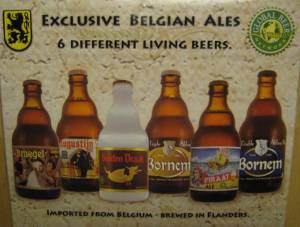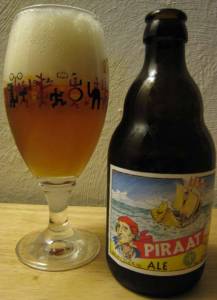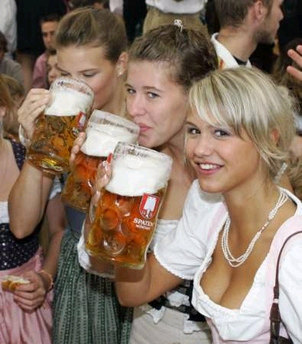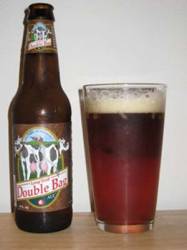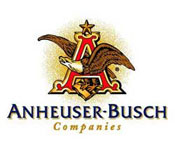Ah yes, another glorious Friday, and it also happens to be July’s Fermentation Friday! Fermentation Friday was started by Adam over at Beer Bits 2, and it’s a chance for all homebrew bloggers to sound off on a singular theme at a set date – the last Friday of each month (check out Adam’s post explaining the origins).
This month Fermentation Friday is being hosted by John at Brew Dudes, and he has chosen the following theme: What one tip would you give a beginner homebrewer before they brew their first batch and why? (We can only give one tip, and it can’t be “Relax!”) Thanks to John for hosting, and make sure everyone heads to his roundup post to read everyone’s responses!
I thought about this topic for awhile – I pondered discussing how to make a yeast starter, or how to best avoid boilovers. However, I realized many of the tips I had were based on my system and my process, and might not apply to all brewers out there. After some consideration, I came up with a tip that I think all new brewers can benefit from:
Take it slow, start small, and do things the hard way for awhile.
Too often, I see posts on brewing forums to the effect of “Hi, I think I want to start brewing, should I get the Sabco BrewMagic system, or just go straight to the fully-automated 40bbl pilot brewery?” These posts irritate me… It’s a simple fact that it’s always a bad idea to jump into any hobby with both feet and your wallet – you don’t even know if you’re going to enjoy brewing, and if you change your mind in a month, good luck recouping the several thousand dollars you just dropped. Trust me, I know all about having more money than sense, but start off small! There will be ample opportunities to drop coin on this hobby down the road. Get a decent starter kit for $150 or so, and take it from there.
More important than losing your money, however, is the fact that you are going to miss out on so much that makes brewing fun. Brewing is art and science combined, and part of the beauty is that anyone can do it. If you plan carefully and take your time and learn the ins and outs, you can make beer on a stovetop that will rival a batch made on one of those super systems.
The reason you go for an automated system is predictability – the ability to eliminate lots of variables and produce the same results consistently. Sound good? Not when you are starting out! You want variables, you want to make mistakes, because that is how you learn! Your first few batches won’t be your best – do you want to consistently reproduce mediocre beer? Making mistakes will frustrate you and force you to analyze your methods and equipment. Naturally, you will zero in on areas which need improvement, and your system and skills will grow as you progress in your brewing journey. This is the real joy of brewing – starting out with a vision and trying to make it reality. Sometimes you nail it. Sometimes you don’t. Almost always, you will wind up with drinkable beer, even if it is not exactly what you planned. Once in awhile, something will turn out better than you expected – relish these moments, cherish them, then go out and try to make it happen again!
I’m also a big believer in paying your dues. How are you going to appreciate all of the cool features and automation a system provides if you don’t do it “the hard way” first? Brewing is a lot of work, but that adds to the satisfaction you feel when you pour a pint of great homebrew. What satisfaction will you get from pushing a couple of buttons and watching TV for an hour? Put the work in, make some beer, progress to whatever point you wish – the enjoyment should always outweigh the effort.
So start off small and enjoy the journey. You’ll know when it’s time to upgrade equipment, and you’ll understand why an upgrade will help you. You’ll drink a lot of beer along the way, and have the satisfaction of watching (and tasting!) your skills grow with experience. Most of all, have fun with it – it’s a great hobby!
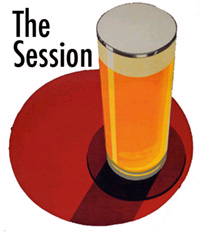 Just wanted to remind everyone, this coming Friday (September 5) is the date of the next Session. For more details on how to participate, read my announcement post.
Just wanted to remind everyone, this coming Friday (September 5) is the date of the next Session. For more details on how to participate, read my announcement post.